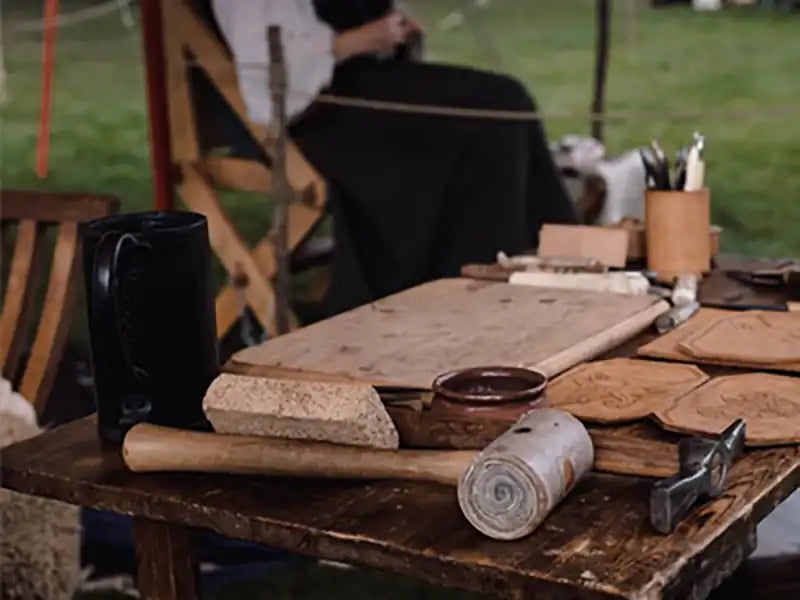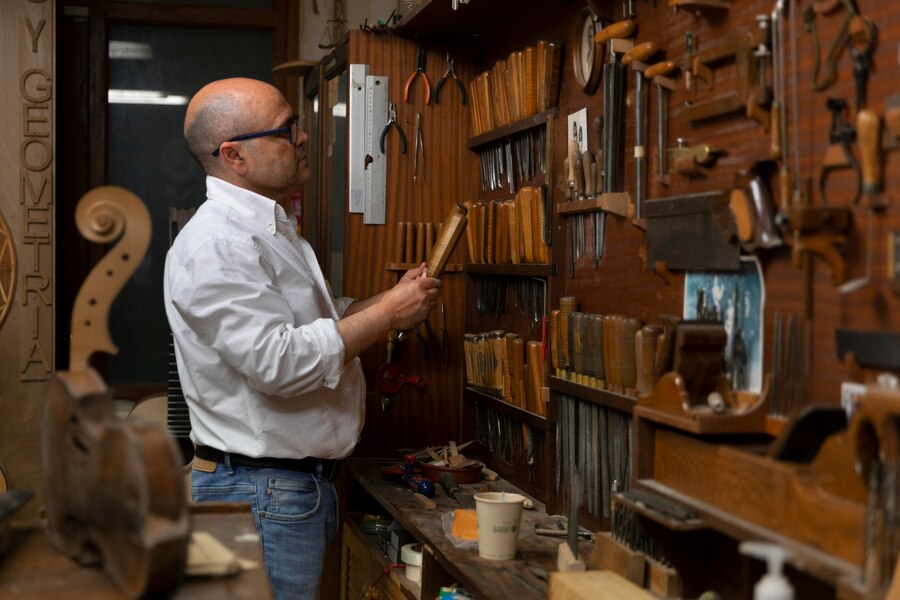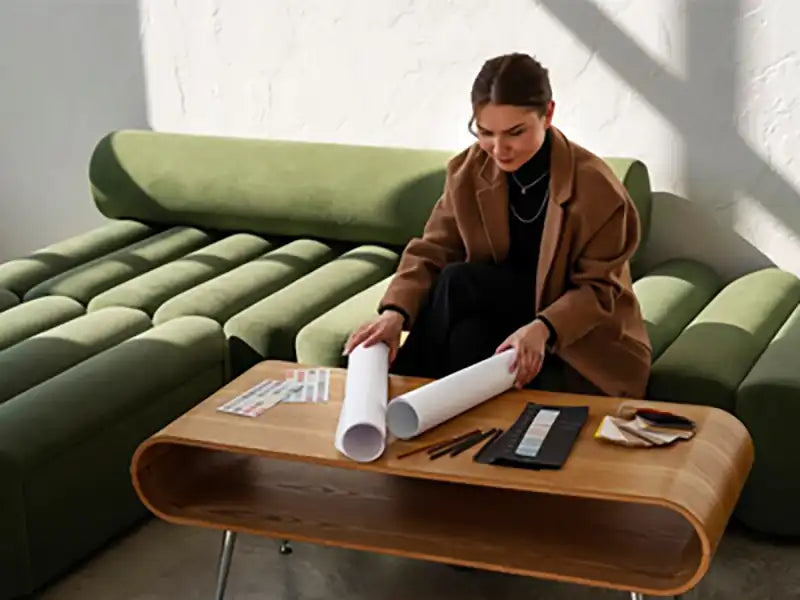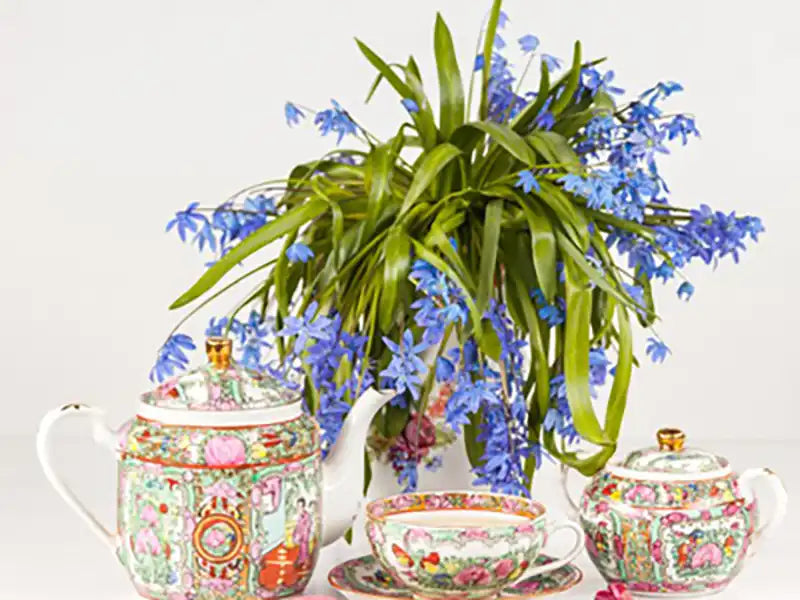Bookshelves are not just functional pieces of furniture; they are a canvas for showcasing your literary treasures and decorative items, while also offering organizational prowess. When it comes to choosing between open back and closed bookshelves, you're presented with a fascinating design dilemma.
Each style has its unique charm and practical advantages. In this article, we'll explore the intriguing world of open back and closed bookshelves, helping you make an informed decision that suits your personal style and needs.
Open Back Bookshelves: Embracing Transparency
Open back bookshelves, as the name suggests, are characterized by their lack of a solid back panel. Instead, they often feature horizontal or vertical supports, creating a visually open space. This design element is perfect for those who want to maintain an airy and uncluttered aesthetic in their living spaces.
Showcasing Your Collection
One of the primary advantages of open back bookshelves is their ability to put your collection on display. Books, art pieces, collectibles, and decorative items all share the spotlight. This makes open bookshelves an excellent choice for bibliophiles and those who want to celebrate their belongings.
*Room Dividers and Light
Open back bookshelves also make excellent room dividers, allowing you to create distinct areas within a larger space while maintaining a sense of openness. Furthermore, they allow natural light to flow through the shelves, brightening up the room.
Closed Bookshelves: Concealing and Protecting
Closed bookshelves, on the other hand, are defined by their solid back panels. They provide a sense of containment and organization, making them an ideal choice if you prefer a neater and more private look.
*Hidden Treasures*
One of the main advantages of closed bookshelves is the ability to hide clutter or items you don't want on display. This makes them perfect for those who prefer a minimalist look or simply want to keep their belongings out of sight.
*Protection from Dust and Damage*
Closed bookshelves also offer superior protection against dust and potential damage. Since the back is enclosed, your books and items are shielded from environmental factors that could affect their condition.
Choosing the Right One for You
Ultimately, the choice between open back and closed bookshelves comes down to your personal preferences and the purpose of the piece in your space. Here are some factors to consider:
Aesthetic Preference:
Do you prefer a more open, airy feel, or do you like the idea of neatly concealed storage?
Display vs. Concealment:
What do you want to showcase, and what do you want to hide? Consider your collection and its visual appeal.
Light and Space:
Do you want to allow more light and space to flow through the shelves, or is containment and protection a higher priority?
Room Purpose:
Think about the function of the room where the bookshelf will be placed. Is it a living room, office, bedroom, or library?
In conclusion, both open back and closed bookshelves have their unique virtues, and the choice depends on your individual style and requirements. Whether you opt for transparency or concealment, remember that your bookshelf is not just a piece of furniture; it's a reflection of your personality and taste, so choose wisely to create the perfect balance between form and function in your space.






